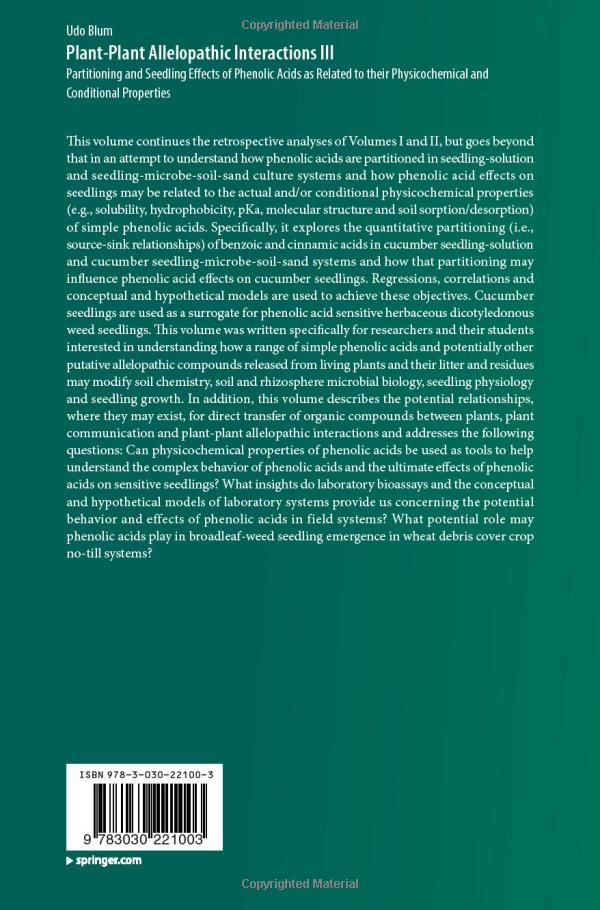Understanding Which Part of the Plant Attracts Pollinators: A Comprehensive Guide to Plant-Pollinator Interactions
Guide or Summary:IntroductionThe Role of FlowersNectar and PollenFragrance and ScentLeaf Structure and Color**Translation:** Which part of the plant attract……
Guide or Summary:
**Translation:** Which part of the plant attracts pollinators
---
Introduction
Pollination is a crucial ecological process that significantly impacts plant reproduction and biodiversity. Understanding which part of the plant attracts pollinators is essential for gardeners, farmers, and anyone interested in enhancing the health of their plants and the environment. In this guide, we will explore the various parts of plants that play a role in attracting pollinators and the mechanisms behind these interactions.

The Role of Flowers
The most well-known part of the plant that attracts pollinators is the flower. Flowers have evolved a variety of characteristics to entice various pollinators, including bees, butterflies, birds, and bats. The vibrant colors, sweet fragrances, and nectar production are all strategies that flowers use to draw in these essential creatures.
Different pollinators are attracted to different colors. For instance, bees are particularly drawn to blue and yellow flowers, while hummingbirds are attracted to red and orange blooms. The shape of the flower can also influence which pollinators visit; tubular flowers are often adapted to attract hummingbirds, while flat, open flowers are more accessible to bees.
Nectar and Pollen
Within the flower, nectar and pollen are critical components that attract pollinators. Nectar serves as a food source, providing essential sugars and nutrients. Pollinators, such as bees, visit flowers to collect nectar, and in the process, they inadvertently transfer pollen from one flower to another, facilitating plant reproduction.
Pollen itself is also a valuable food source for many pollinators, especially bees. Some plants produce more pollen than others, making them more attractive to these insects. The abundance and accessibility of nectar and pollen can significantly influence a pollinator's choice of which flowers to visit.

Fragrance and Scent
Another vital aspect of which part of the plant attracts pollinators is the scent. Many flowers emit specific fragrances that can signal their availability and readiness for pollination. These scents can be incredibly complex, often consisting of various volatile compounds that evolve to attract specific pollinators.
For example, night-blooming flowers often have strong, sweet scents to attract nocturnal pollinators like moths. In contrast, flowers that rely on daytime pollinators may have lighter, more delicate fragrances. Understanding the role of scent in attracting pollinators can help gardeners select the right plants for their gardens, ensuring a diverse and thriving ecosystem.
Leaf Structure and Color
While flowers are the primary structures that attract pollinators, other parts of the plant can also play a role. The leaves of some plants may have specific characteristics that draw pollinators. For instance, certain plants have leaves that reflect ultraviolet light, which is visible to bees and can guide them to the flowers.
Additionally, the overall health and vibrancy of the plant can influence pollinator attraction. Healthy, lush foliage often indicates a strong, thriving plant, which can attract more pollinators. Therefore, maintaining the health of the entire plant is crucial for maximizing its appeal to pollinators.

In conclusion, understanding which part of the plant attracts pollinators involves examining the intricate relationships between flowers, nectar, pollen, scent, and even leaf structure. By recognizing these factors, individuals can make informed choices about the plants they cultivate, ultimately supporting pollinator populations and enhancing the health of their gardens and ecosystems. Whether you are a gardener, farmer, or nature enthusiast, appreciating the complexities of plant-pollinator interactions can lead to more vibrant and sustainable landscapes.